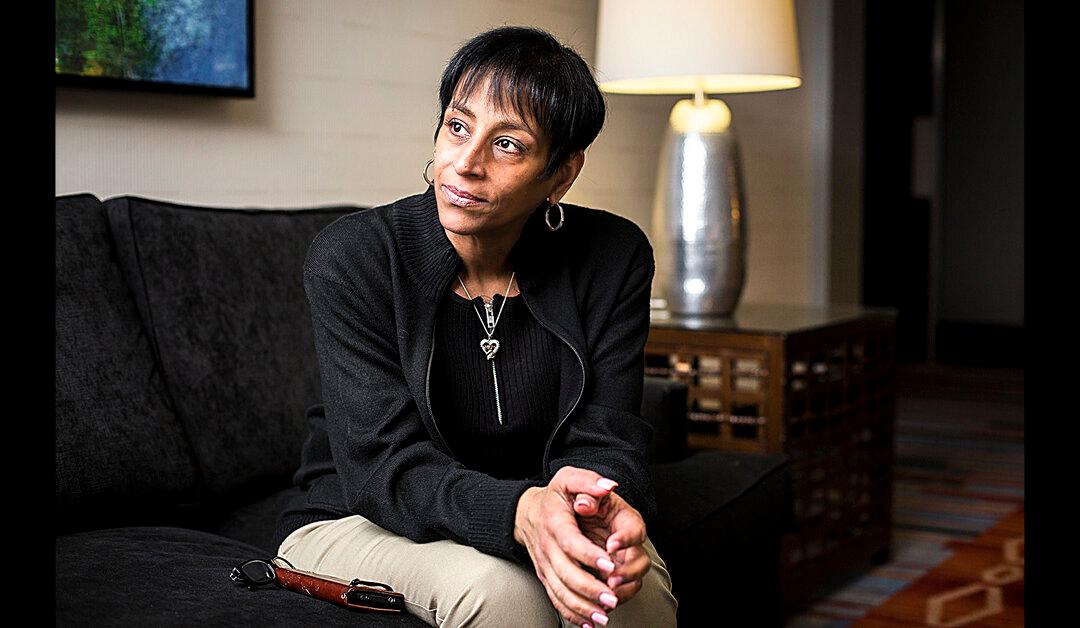NEW YORK—At first, Evelyn Rodriguez thought her teenage daughter had forgotten to charge her phone—it kept going straight to voicemail. Or maybe she had just lost track of time. But Kayla Cuevas and her best friend Nisa Mickens never blew through their 9 p.m. curfew, especially without checking in.
“She would call me if she was going to be two minutes late,” said Rodriguez. Sept. 13 was a typical Tuesday in Brentwood, New York, and the girls had gone for a walk while it was still daylight.





